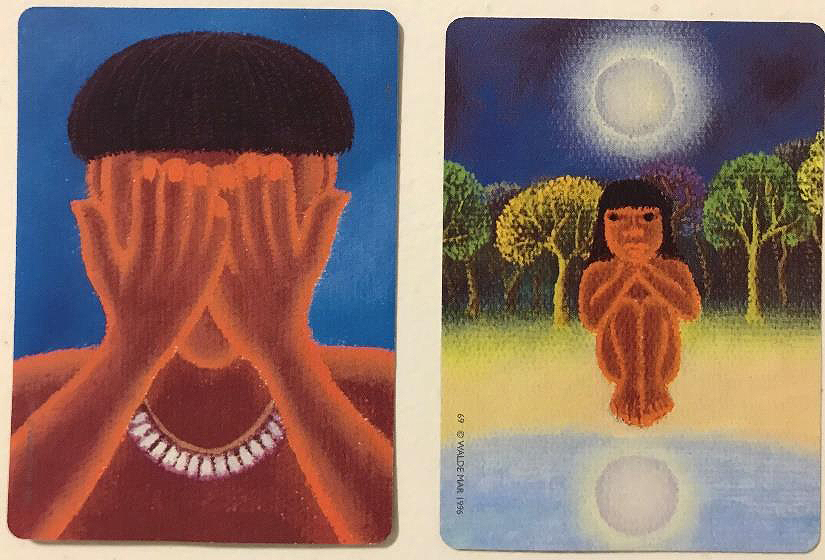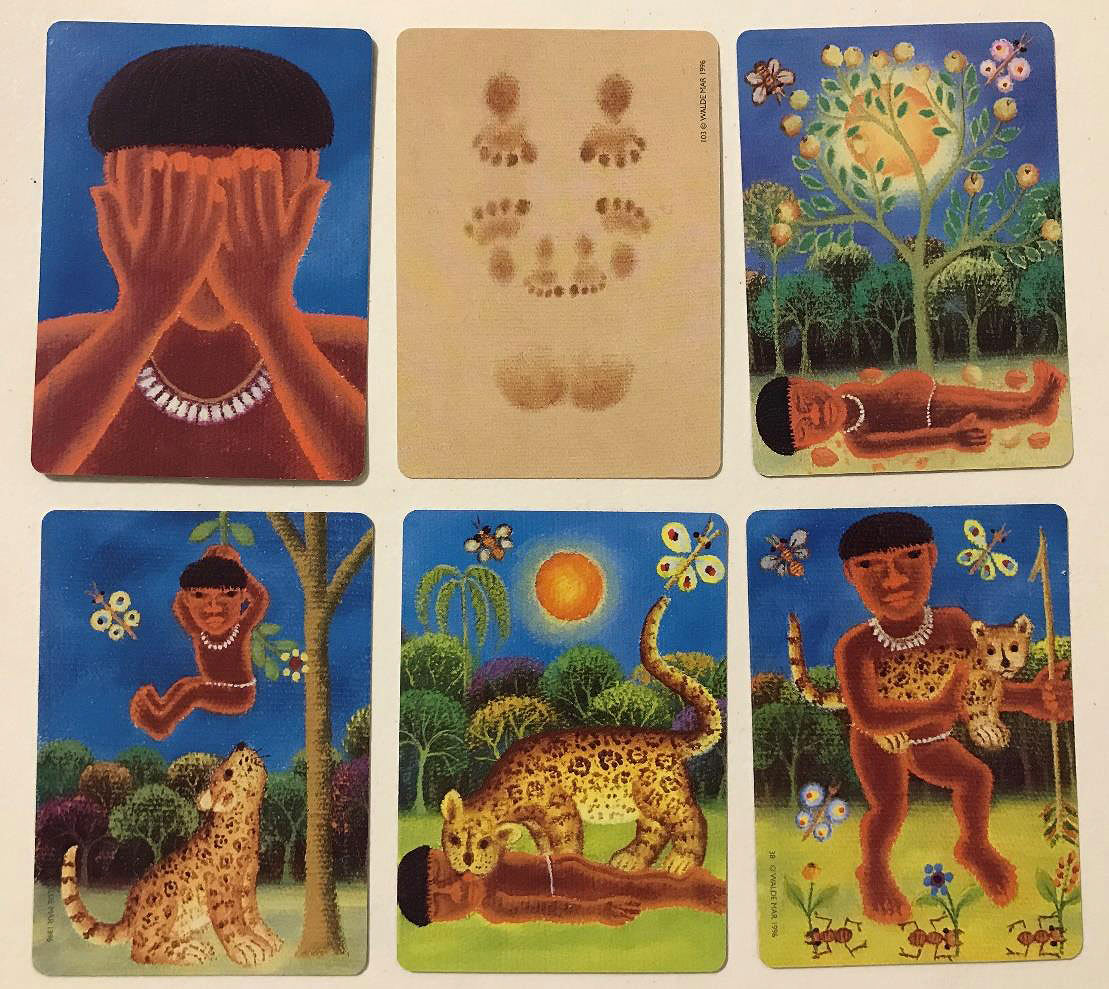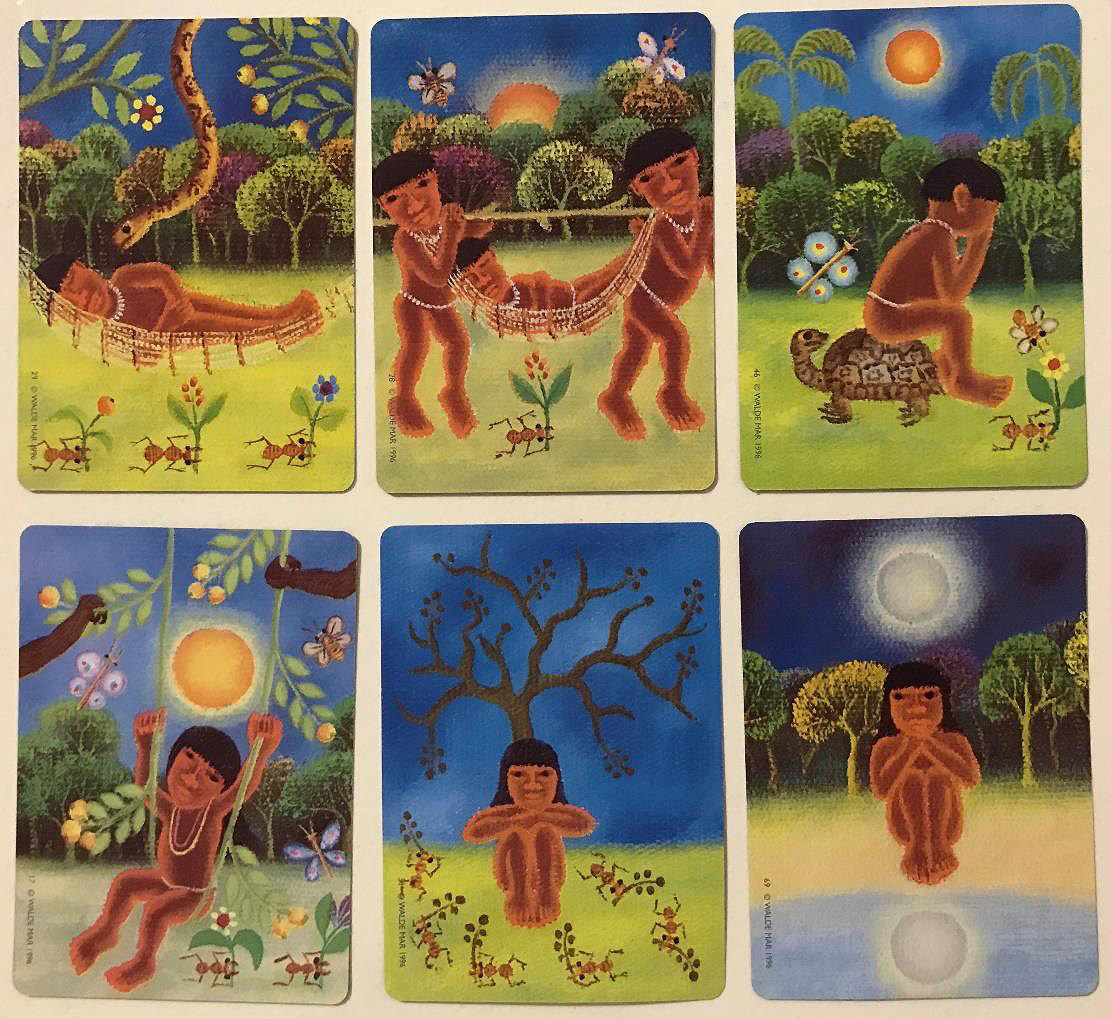
Historization in Treatment with “MORENÁ”
(Translated from Spanish, see below for original language version)
Treating Sleeping Problems using Morena Cards
Pablo, a 10-year-old boy, was brought to the consultation because he had trouble sleeping, a problem that started after a car accident. Pablo was sleeping when the car in which he was travelling with his family crashed. He usually woke up in the middle of the night, felt lonely and went to his parents’ bedroom, where he slept on a mattress on the floor. By the time of the consultation, it had been like this for a year and three months. He occasionally slept in his sisters’ room. They had previously consulted a therapist and, after a year of no apparent changes, they decided to book another consultation; this is how I got to know Pablo.
His parents described him as loving, vulnerable, susceptible, good and obedient. He had some episodes of panic attacks involving palpitations, in which he got scared and said he could not breathe.
From the very beginning, he was very cooperative and interested in sleeping better, because he felt very frustrated. We mostly played during the sessions, which we both thoroughly enjoyed. We played never-ending ping-pong matches while we chatted. He would also draw and create characters with building blocks. Pablo used his imagination for creative play, which enriched our shared experience.
“It is in playing and only in playing that the individual child or adult is able to be creative and to use the whole personality, and it is only in being creative that the individual discovers the self” (D.W. Winnicott, “Playing and Reality”, 1971)
During our encounters, we talked openly about his fears and the fantasies associated to them. As the months went by, Pablo gained more security and self- confidence. Gradually, he was able to sleep in his room, and the distress at night started to decrease. After Pablo’s holidays, there was a setback: he was feeling anxious, fearful and, once again, started to wake up at night with a great amount of distress.
During the following sessions, we talked about his holidays, and he expressed how he felt. After listening to him, I took the Morená Cards. I asked Pablo to choose an image that reflected how he felt when he woke up at night, and another one that reflected how he would like to feel. Pablo chose the images above.
He said: “When I wake up at night, I feel like this (he grabs his head) “I can’t sleeeeeep!”
Taking the second image, he said: “This is what I would like to feel: that I can be alone and still feel accompanied”. This was a guiding principle that we used throughout the treatment (Pablo drew a picture that showed him sleeping in his bed calmly and alone, which accompanied him throughout the process towards being able to sleep and remain calm whenever he woke up late at night).
The feeling of loneliness flooded him in such a way that, during those moments, he forgot that he was in his house with his family; he felt “alone in the world”. Fear would not let him resort to those calm representations that he had previously internalized, which made him feel extremely vulnerable. A large portion of the treatment focused on strengthening the self, in order to achieve self-affirmation and self-confidence.
Due to the fact that Pablo very much enjoyed imagining stories, I asked him to imagine a story that took place from the first image he chose to the last one.
He arranged the images as follows (from left to right), and told this story:
“There was a boy that couldn’t sleep and, one morning, he went for a walk. Then, he laid down and started thinking about what was happening with him. One day, he met a cheetah.He saw it, and thought it was good. He became friends with the cheetah, and it became his pet. They started sleeping together at night, and he started doing better because he was sleeping with his cheetah.

But, one day, the cheetah disappeared. He sat down and said “How will I be able to sleep without my cheetah?” He kept thinking… and, one day, he met a girl that told him what was going on: the cheetah had helped him, but, from now on, he would have to imagine that the cheetah was sleeping next to him in order to sleep well.

The boy got better from that day on and everything was okay. He found the cheetah, but could sleep properly with or without it. On this last card, he’s sleeping well and feeling good.”
After the story, I talked with Pablo about his story and the images, we remembered the nights in which he used to sleep with his sisters and how doing so had improved his sleep.
At one point, he remembered that when he was little he had a toy that he used to sleep with. He expressed that he could take the girl’s advice, “I should remember the cheetah”.
I had the feeling that Pablo was not being able to rely on his resources, the ones he had built and established after a year of treatment. The story with the Morená Cards made him able to recover and strengthen them.
The therapeutic space worked as a potential, transitional space – where creative play takes place – that showed the possibility of using the environment for internal strengthening and to achieve a sensation of subjective mastery over the outside world. Pablo and I worked on the field that Winnicott refers to as the “area of illusion”, where everything that happens is real, but created by both the therapist and the patient.
After two weeks, Pablo was able to sleep well again and, after three months, the treatment was completed.
Read the original presentation in Spanish
Egetmeyer Moritz, “Morená” Associative Cards, “OH Institute”, Germany. www.oh-cards.com
The “Morená” cards were created by a Brazilian artist, Walde Mar de Andrade e Silva, who lived with the Shingu tribe (his grandmother’s tribe) in the Amazon rainforest. This deck has 88 images that portray the tribe’s lifestyle and show several situations from everyday life. It also includes 22 pictures of footprints on the sand. “Morená” means “place of origin” and its images invite us to imagine stories.
ii Winnicott, in “Capacity to Be Alone”, 1954, states that feeling alone with someone present is considered a success in the development of an individual.
Translated by Megan Wade spc.megan.wade@gmail.com
